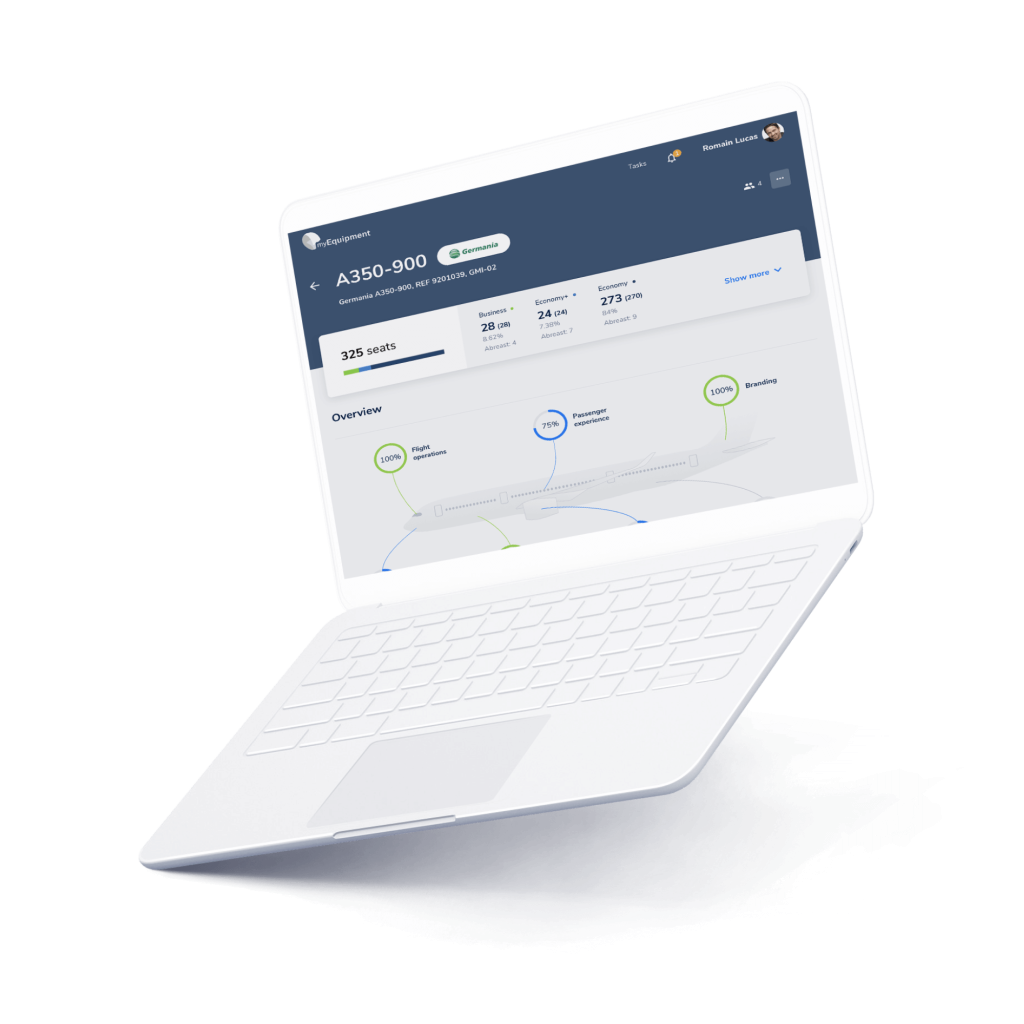
All methodologies used in Agile project management (Scrum, XP, Kanban, and others) follow a flexible manifesto based on achieving continuous improvement, flexibility, team contribution and high-quality results. In this article, we’ll have a closer look at the benefits of Agile for custom application development, as well as its possible challenges and drawbacks.
Agile versus traditional development
Before moving on to what Agile actually is, let’s first consider the differences between and benefits of Agile project management over the traditional development and management model.
Often, when they say "traditional management", experienced company executives and project leaders perceive it as a waterfall model or, in simple terms, a waterfall method. Unlike Agile—mainly because it is not as flexible and iterative—Waterfall is a step-by-step process in which you can see progress through different phases. It is a sequential model that usually starts with requirements analysis, design, implementation, testing and maintenance. The image below demonstrates the difference in value between the two methodologies. Among the distinctive benefits of Agile is the fact it provides visibility, adaptability, and value at the start of the process and significantly reduces risk as the project goes on.

In contrast to traditional methods, a flexible approach is geared more towards customer needs. For example, throughout the entire Agile lifecycle, user participation is encouraged by providing visibility and transparency, showing the actual progress of projects.
The Agile method presupposes short iterative planning, making it very easy to adapt a strategy as any requirements change. This constant planning and feedback throughout the entire process is of invaluable help to project management. And, when combined with the nearshore software development cooperation model, Agile can yield big benefits to the business in terms of cost-effectiveness.
Again, the idea is to create business value early on in the process by making it easier to mitigate development risks. This is where Agile transformation consulting comes into play, offering organisations the expertise needed to transition from traditional methods to Agile frameworks effectively. Let's have a closer look at the benefits of Agile, as well as its possible challenges and drawbacks.
6 Benefits of Agile Project Management
1. It creates the highest-quality products
The essence of Agile development is that you can control absolutely everything at any stage of implementation or development cycle. This means that during the product verification stage in any of these cycles, Agile allows you to track the quality, make any required adjustments and release a ready-to-work product with the minimum number of errors. Quality-wise, you can also benefit from the following:
- Timely definition and development of requirements, so that product characteristics are as accurate and relevant as possible.
- Incorporating continuous integration and daily testing into the development process, allowing the development team to solve problems instantly as they arise.
- Use of automated testing tools.
- Conducting a sprint retrospective, allowing the scrum team to improve processes and work continually.
- Software is developed in rapid incremental cycles. This results in small incremental releases, each based on previous functionality. Every release is then thoroughly tested to ensure that the quality of the software is maintained.
2. You have a higher customer satisfaction rate
With the Agile methodology, the product owner is constantly involved in the development process, including making any adjustments, bug fixing and further cycles. So, the product’s development process and the results are visible to both the customer and the development team. In summary, you can:
- Demonstrate the progress and the results of work to clients in each sprint review.
- Deliver products to market faster and more frequently with each release. Customers get early access to the product throughout the lifecycle.
- Ensure necessary involvement of clients in development projects.
3. You focus on the most relevant metrics
Companies that use traditional methods often produce poorer-quality products than those that use flexible systems. Moreover, they typically spend more, both in terms of resources and time. With Agile, you can determine the project's timing and budget by considering your development team's skills and capabilities. Your development team will provide a labour estimate according to project requirements. Then, using these relative estimates rather than hours or days, you can align the approximate labour needs with the knowledge and capabilities of the development team. On top of this, you can:
- Regularly update the estimate of effort, time and cost as the development team learn more about the project.
- Get a daily update of the Sprint Burnout Chart to provide accurate metrics of how the development team performs in each sprint.
- Compare the cost of future development with the value of that development, which helps project teams determine when to complete a project and reallocate capital to a new initiative.
4. Risks are close to zero
Flexibility is one of the key benefits of Agile, enabling you to virtually eliminate the likelihood of total project failure. This is because you always have a working product, starting from the very first sprint, so your project always has a tangible outcome that you can develop and build on.
What’s also key to this is that you can develop your sprints to ensure a short time interval between the initial project investment and any potential failure or, likewise, the moment you prove the product/approach works. There are some more risk-related features worth mentioning here:
- Agile allows you to receive income early through self-funded projects, enabling organisations to pay for the project with little upfront costs.
- Agile gives you the freedom to implement new changes at a very low cost due to the frequency with which new increments are issued.
- You can quickly adapt to the needs and preferences of the client during the development process. Agile typically considers user stories with business-focused acceptance criteria to define product features. By focusing on the needs of real customers and end-users, each product feature gradually adds business value to the project, rather than simply being just another IT component.
- You can also beta test the software after each iteration, gaining valuable feedback early in the project and providing the ability to make changes whenever needed.
5. Faster return on investment
Long delivery cycles are often a problem for businesses, especially in fast-growing markets. Because Agile development is iterative, features are delivered incrementally, so the benefits are realised early on while the product is still under development.
When development starts early, you can achieve a fully functional market-ready product within several iterations, which gives you the so-called “first-mover advantage”. What's more, with Agile, you can benefit from faster product releases and the ability to gauge customer response and make changes accordingly—staying one step ahead of the competition. And as we already mentioned, an Agile approach allows you to focus on business value. By enabling the client to prioritise features, the team understands what is most important to the client's business and can deliver features in the most valuable and relevant order.
6. The ability to oversee project risks and possible failures
Agile project management comprises several practices, artefacts, and tools to increase predictability. Maintaining the same sprint duration and distribution of development teams throughout the project allows the project team to know the exact cost of each sprint.
Furthermore, considering the speed of the development allows the project team to predict timelines and budgets for releases, as well as to understand outstanding product backlog and groups of requirements. What's more, using information from daily scrum meetings, sprint burnout charts and issue boards allow the project team to predict performance for individual sprints.
The challenges of using a flexible Agile system
Of course, Agile isn’t a perfect system. As with anything else, there are risks and challenges which you will need to consider. These include:
- Additional training and skills might be required. Agile itself requires a lot of training and skilled use in order to be successful. Most companies don’t understand this and so try to do everything quickly and avoid investing any additional effort. Unfortunately, the resulting projects often fail.
- Organisational transformation. The Agile approach may also require some level of organisational transformation in order to be successful. Business stakeholders need to collaborate with the development team in the spirit of trust and partnership. This may mean breaking down certain organisational barriers that make this difficult or impossible.
- Scalability. Implementation of the Agile approach in large projects is often a complex and time-consuming endeavour. There are several models for this (Scrum-of-Scrums, LeSS and SAFe), but none of them is an easy-to-implement universal solution.
- Integration with project or program management. Agile is not always suitable for projects that require a planned approach to achieve a certain level of predictability. But there are many ways to create a mix of Agile and more traditional plan-based approaches and to gauge the right proportion of Agile/Scrum for the situation.
So how and when should you use the Agile model?
When you need to update your product constantly, implementing new features and functionality, the benefits of Agile's, including freedom and flexibility, are significant. New changes can be implemented at a very low cost due to the frequency with which new increments are created.
Unlike the Waterfall model, Agile requires very limited planning to get started on a project. The Agile model assumes that end-user needs are constantly changing in the dynamic world of business and IT. Changes can be discussed and features added or removed based on the available feedback. This effectively gives the customer a finished product that corresponds exactly to their requirements and needs.
Summary
Despite all the benefits of Agile, this approach won’t solve all your project management challenges. But it is a universal tool that can help you improve your business and the quality of your services and products.
You can also use Agile as a basis for creating a tailored management approach, mixing a traditional style with a new, flexible one. This gives you a more pliable project management system where you can adjust your methods depending on the situation. The best practice is to find an experienced technology partner to guide you through your software project end-to-end. You can rely on our 30 years of software development experience to help you create a custom application that adds value and boosts profits.

Related Insights











